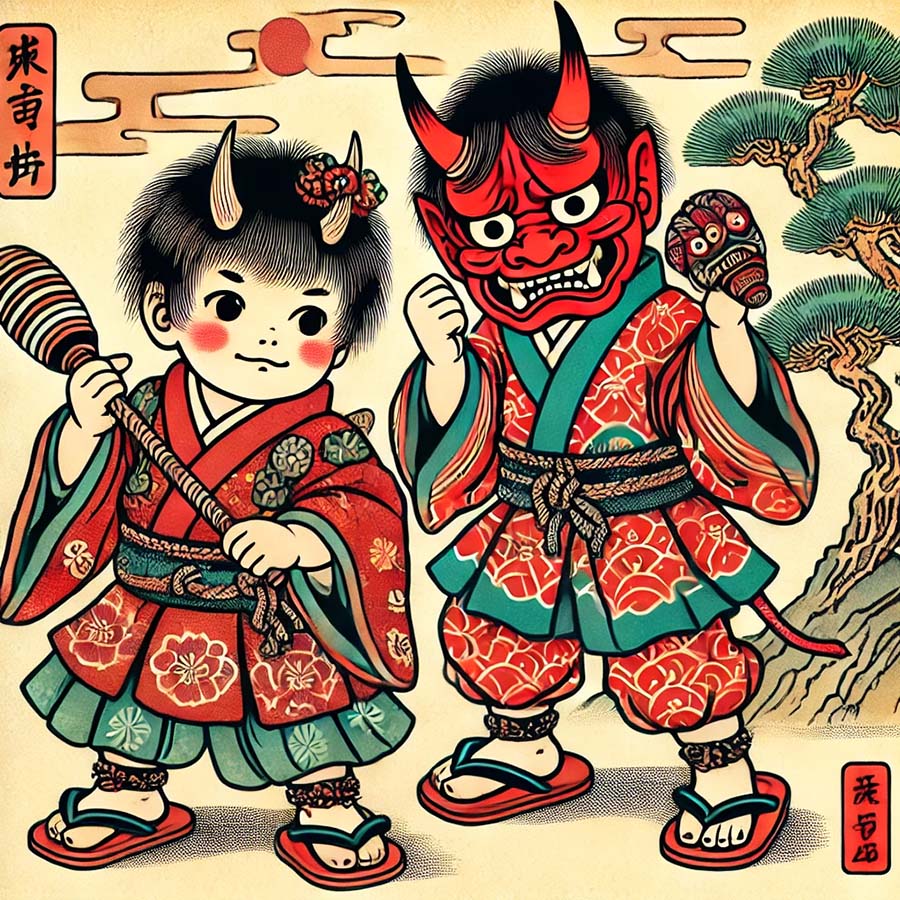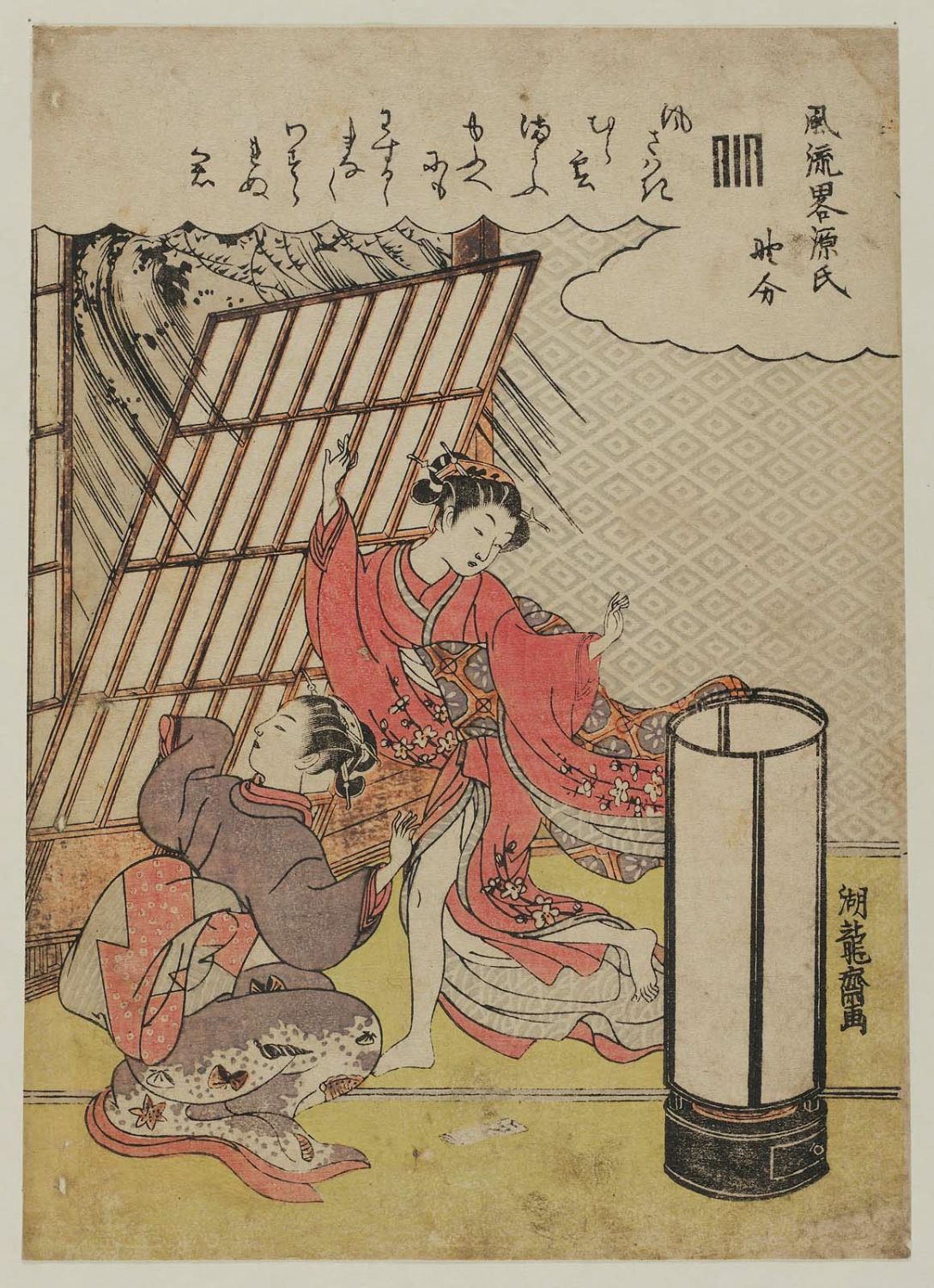Looking at the event calendar, I see that a certain day is coming…
in this country too
the little demons
are preparing

When I first arrived in Japan some time ago, Halloween was mostly unknown. People who had some familiarity with Western customs knew the name and maybe a few key features of the day, such as trick or treat, but it was largely unknown. Within the last ten years, though, the day has exploded from mostly unknown to well-known and pretty popular. Kids love the day (of course) and young adults do too; a little too much in the case of the latter group, as they have been causing a lot of problems in Tokyo the past few years.
How exactly this change happened so quickly, I’m not entirely sure. It is a little funny because I used to joke about Japan stealing Western holidays and that Halloween was next. Japan had borrowed Christmas and Valentine’s Day (giving V-Day their own unique twist and spinning the Western V-Day into a separate holiday called White Day). Both of these adoptions seemed to me to have been motivated by department stores and, as Spaceballs put it, “the search for more money”[1] and Halloween or Easter seemed like prime candidates for the next one. While the cuteness of the Easter Bunny seemed right up Japan’s alley, I thought the religious angle might be off-putting (then again, that didn’t stop Christmas) so I was betting on Halloween. And it seems like I bet correctly! …I really should put my luck into winning the lottery or something instead of wasting it on things like predicting what holiday Japan adopts next.
Anyway, Halloween is now a part of this country and will probably keep growing here. Which takes us to my haiku. Treat or treating is still not a thing here, except in limited cases, but there are many many Halloween themed events and kids parties. My kids have already been to two of them.
So even here in this country, the little demons are preparing for the big day.




